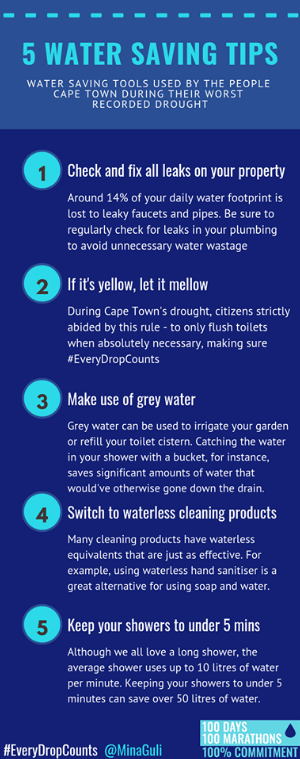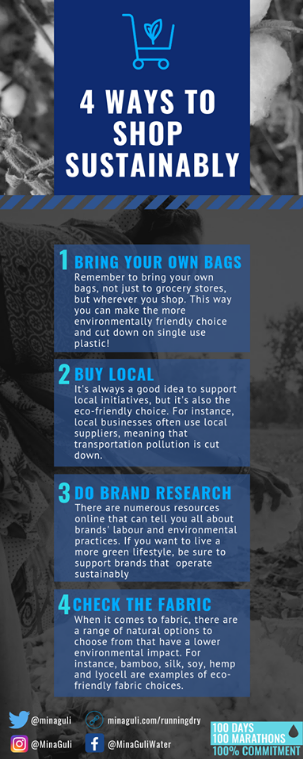Advocating for youth in Africa’s peace and security agenda #WhatMakesYouthFeelSafe
Working with ISS Africa we activated young peace-builders in 20 African countries; and gained lifelong lessons on community, leadership and the importance of incorporating play in work.
Written by Sandiso Matshikiza, Graphics by Schalk van der Merwe
In March 2021, we came together with the Institute for Security Studies for what seemed like a simple and straightforward project on Youth, Peace and Security. Activist Aya Chebbi was approaching the end of her two year term as the African Union’s first Youth Envoy, so we wanted to reflect on her work and ask the question “What’s next for Africa’s Youth Peace and Security agenda?”
The conclusions that we reached during our reflection process revealed some startling insights:
42% of the world's youth will be African by 2030, yet little is being done to equip young leaders on the continent. The African Union, whose mandate is to cover Youth Peace and Security among its other agendas, seems detached from the needs of the youth on the ground. Constantly excluded from key decisions and represented by leadership who are much older, African youth do not feel safe and they do not feel heard.
So what did we do?
With these daunting facts, we saw an opportunity to crowdsource the perspectives of youth from all over Africa to understand: What makes youth feel safe? What makes youth feel unsafe? What made this campaign special was that we took a simple question of safety in one's community, easily answerable by a small child, and used it as a line of communication between African youth and AU leaders. By answering the question, African youth were directly influencing the next steps for the African Youth Peace and Security (YPS) agenda.
We kickstarted the campaign with a WhatsApp group to discuss the topic. Working with ISS lead researcher, Munei Kujeke, we convened over 130 young peace builders in more than 20 African countries.
Whilst the official platforms for the campaign were Twitter, Facebook and Instagram, it was on our WhatsApp group where the conversation unfolded organically. We worked with these young people to turn their statements into videos, which eventually spilled over onto other the other platforms. As the week progressed, there was an outpouring of videos from all over Africa, with youth bravely speaking out on issues such as the importance of good governance, the scourge of gender based violence and the need for inclusivity and opportunities across all youth groups.
“Hearing multiple perspectives, in different languages with different cultural backgrounds, united through a noble purpose, is a feeling that can only be described as spiritual.”
With an organic reach of over 548 000 people, the #WhatMakesYouthFeelSafe campaign clearly struck a chord. From the first sprouts of debate on the WhatsApp group, right up to the peak of the conversation during the round-up seminar - the conversation was rich, vulnerable and gave all those involved a genuine sense of belonging and importance. Accordingly, it came as no surprise when we learned that the campaign had caught the eyes of broadcasting channels such as eNCA and Big Daddy Liberty who invited lead researcher Muneinazvo Kujeke for interviews.
Behind the scenes: Key challenges and breakthroughs
Behind the scenes, the campaign did not come without its challenges. A major technical obstacle that we came across was the realisation that although the call to action had been for videos, not everyone involved in the campaign had access to bandwidth. So as the week progressed, we improvised and included posters and text messages as part of the conversation.
For the community manager and interaction designer on the account, this was a debut campaign which we playfully describe as a ‘baptism of fire’.
“My personal breakthrough was when engagement with the initial videos was very low and people were just not joining the conversation. I realised the value of my vulnerability and the need to honour my responsibility as African youth. So I grabbed a pen and board and I added my voice.”
Our team saw its defining moment, however, as we approached the campaign round-up seminar and Schalk surprised us with a short clip which showed all the faces of the youth who had participated in the campaign. This strategic move shifted the energy of the campaign and raised the commitment levels of the participants significantly- showing us that before issues are unpacked, the affected parties value being seen and acknowledged.
So, in a campaign that was meant to bring attention to Africa’s Youth Peace and Security agenda, we managed to reach youth across the continent and got them to raise their voices on critical issues which affect them and their ability to flourish.
For us, some of the key learnings were:
The importance of an authentic engaging conversation behind a public mobilization;
The importance of leading by example, and showing community members how to participate.
The importance of supporting and acknowledging participants so they feel heard. Whether by responding to them on social media, or featuring them in the content directly.
#WhatMakesYouthFeelSafe carries lifelong lessons on community, leadership and the importance of incorporating play in work.
How #RunningDry grew from a campaign to a movement
The #RunningDry campaign got over 1.6 billion organic media impressions, including coverage from ABC, Bloomberg, CNN, The Times of India, Washington Post, Fox News and hundreds of others. Here’s how Treeshake helped Mina Guli ensure #everydropcounts
Thousands of runners from over 50 countries. Coverage from the likes of ABC, Bloomberg, CNN, The Times of India, Washington Post, Fox News and hundreds of other publications. A total of over 1.5 billion media impressions in just over 3 months. Here’s how we did it.
Mina Guli, CEO of Thirst, uses the sport of ultra-endurance running to get people engaged in water saving. She approached Treeshake to run the media, digital, and PR for #RunningDry, a campaign to raise awareness of the global water crisis.
This is What 100% Commitment Looks Like
On a chilly November morning in November 2018, Mina Guli set off to run the New York Marathon. The next morning she would wake up and run her next marathon. And the plan was to keep running until the media took notice.
Specifically, Mina was committed to run 100 consecutive marathons in 100 days, while travelling to places that show people the affects of the global water crisis. An insanely large challenge. Her idea was to communicate clearly that nothing less than 100% commitment would help us avert a global water crisis.
The basic plan was to tap into the global community of ultra endurance enthusiasts around the world who would automatically be drawn to this kind of challenge. That interest would be used as a trojan horse to bring the issue of water into people’s news-feeds. Combined with adventure travel, world class photography, and real-time storytelling it is a brilliant way to get people engaged in an issue they may not otherwise be interested in.
Two major brand sponsors, Colgate and Reebok, came on-board to cover travel and production costs.
But even with all this lined up, it was only when things when horribly wrong that the campaign took off. And that’s where the power of community really kicked in…
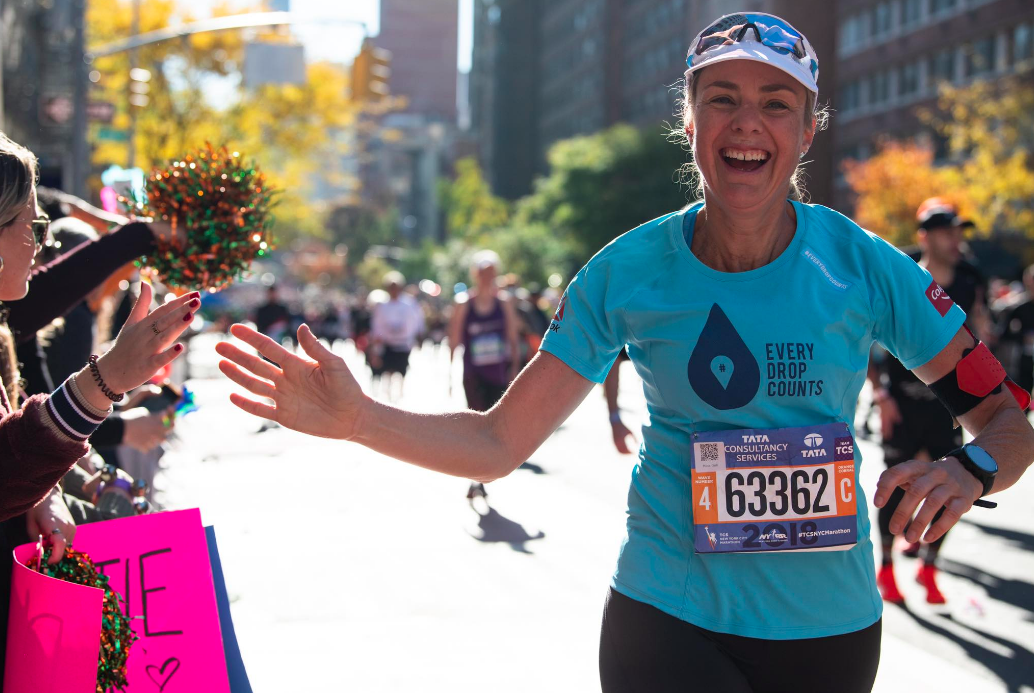
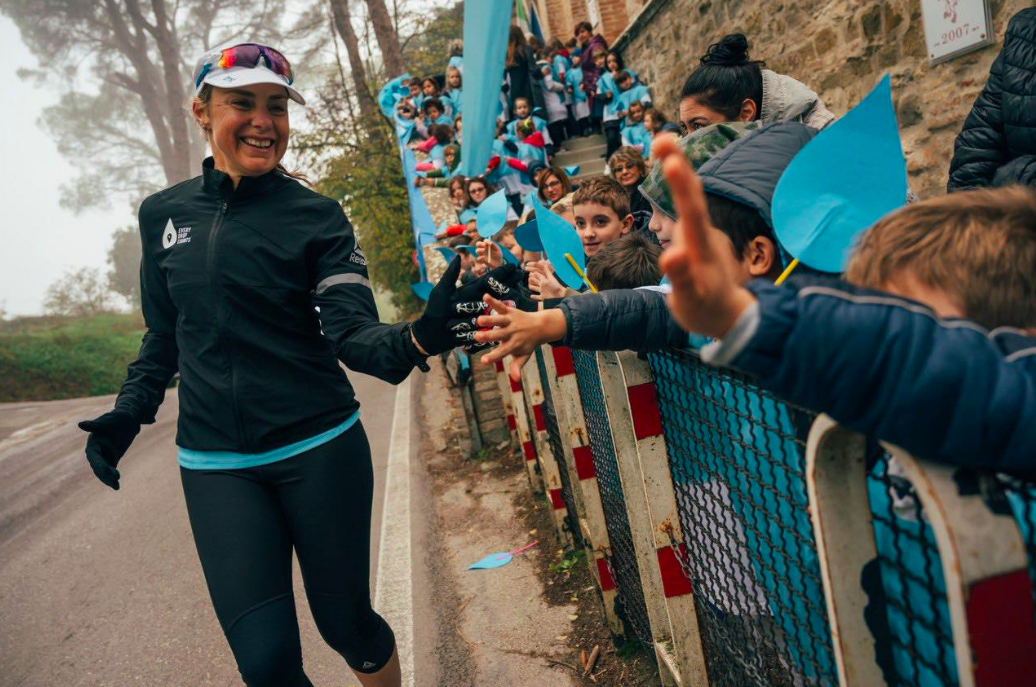
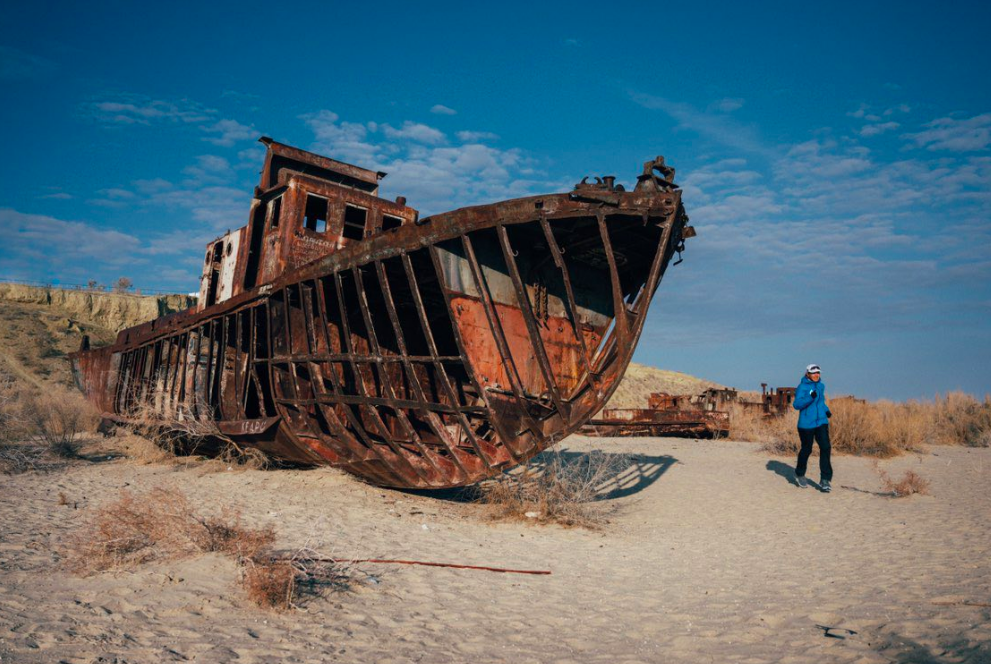
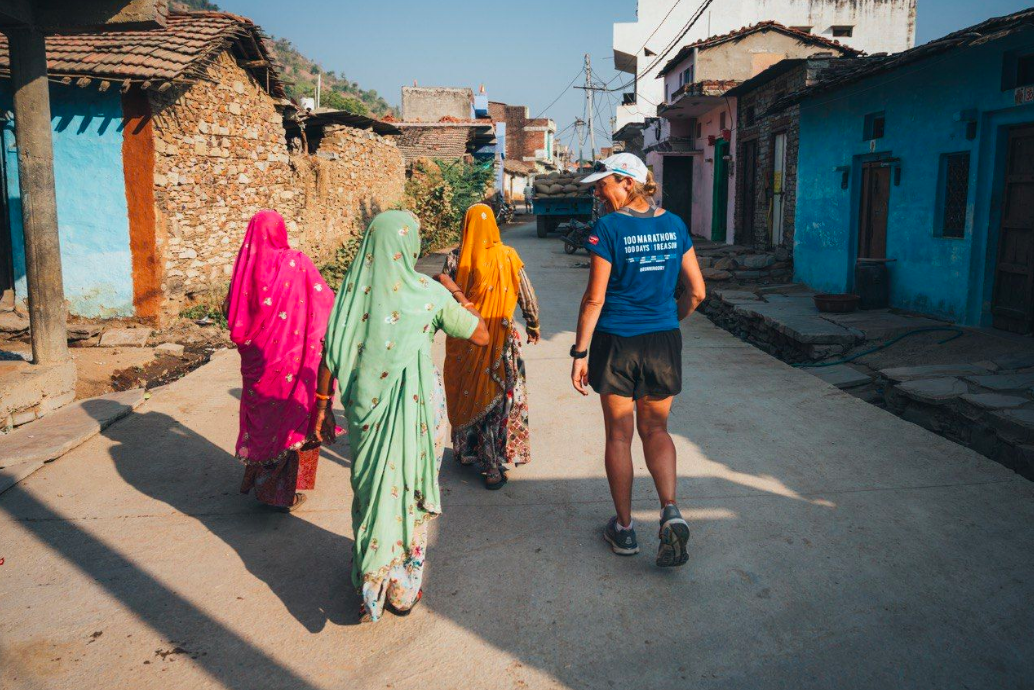
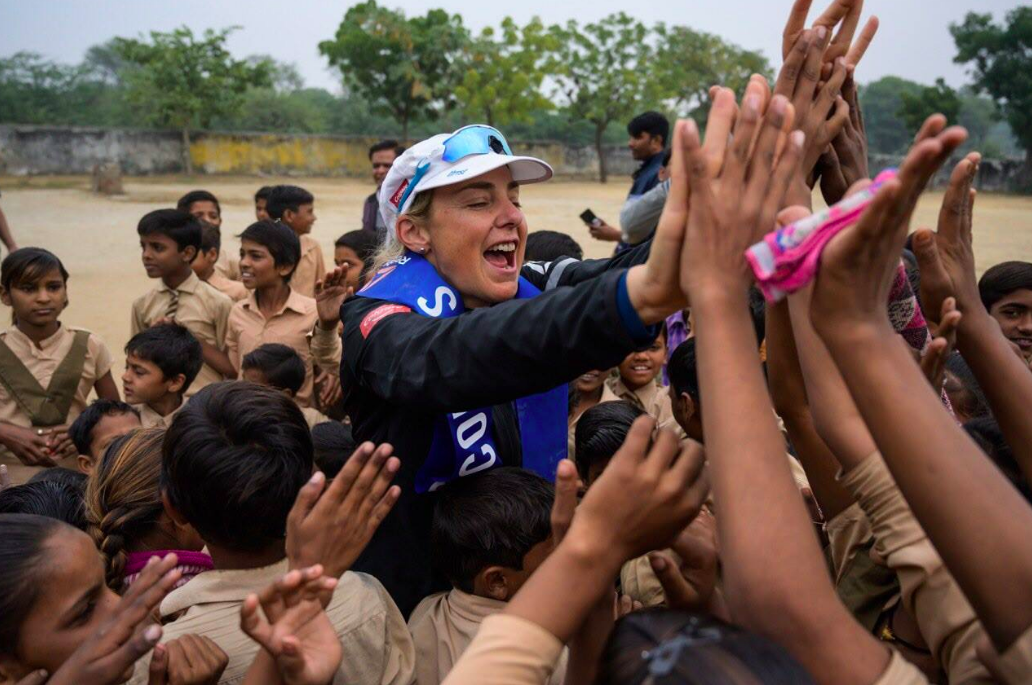


Photos: Kelvin Trautman
A team of storymakers
To sustain interest and build momentum over 100 days, it was really important to develop a content plan with built-in surprises, highlights and spectacular images. From Treeshake, we had Dave Duarte as Campaign Director; Bridget McNulty as Creative Director; Jaidan Rumboll as Community Manager; and Kelly Burke as Global PR lead.
Mina would be travelling with photographer Kelvin Trautman and videographer Jared Paisley. So, the first task was to find places for Mina to run that told the story, and would look good on camera. We also identified “water heroes” for her to meet along the way, and created infographics with key facts and tips about invisible water - the huge amount of water that goes into producing our food and clothing without us even being aware of it.
The Water Heroes turned out to be a key driver of the success of the campaign. We identified the most influential people in water in each of the locations Mina was due to run, and decided to celebrate one water hero every day with a blog post and tweet. This was a lot of work, but was one of the hidden drivers of the success of the campaign. The water heroes gave us insider info, and many also became active supporters on social media.
Production is one thing, gaining attention is another. A campaign on this scale needs teams with local media contacts. Four international PR consultancies were hired to support the campaign - Fenton in the US; Fleishman Hillard in China; Frank PR in Australia; and Bubble Communications in India. These agencies gave us access to local media and helped us navigate the cultural nuances of international PR and media, which tends to differ regionally.
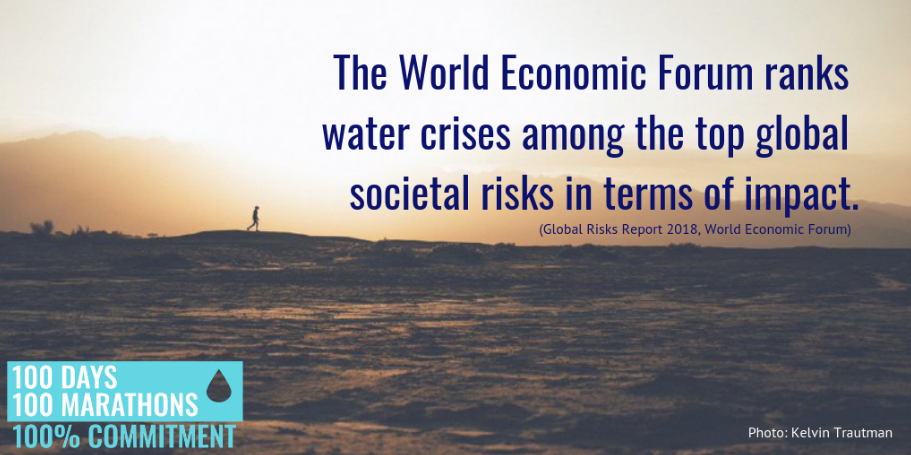

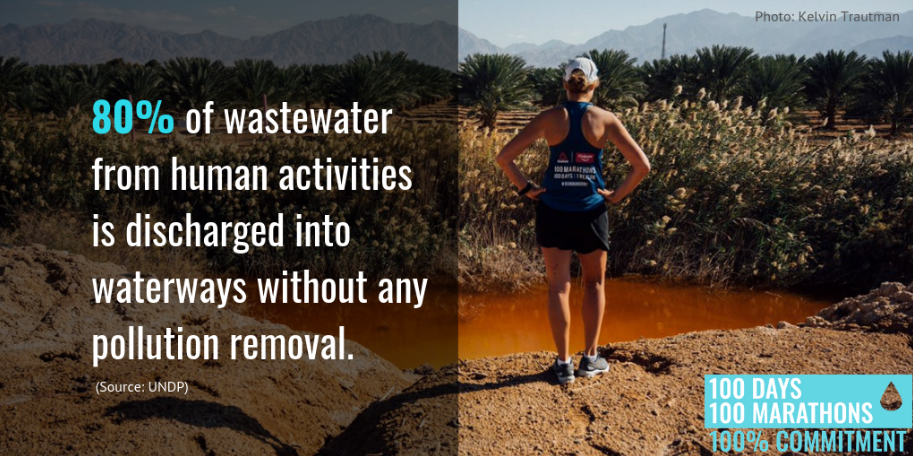
100 day logistics
The ground team travelled far, and fast, with Mina running a marathon every single day. Starting at the New York City Marathon on 4th November 2018, the team went across Europe (UK, France, Italy), Uzbekistan, India, China, Hong Kong, Dubai, the Middle East (Jordan, Palestine, Israel), South Africa, and Australia before crossing over to the USA and finishing the 100-day journey back where they started in New York on the 11th of February 2019. What this meant, logistically, is that often Mina would fly to a new country overnight, do media on arrival, drive a few hours to meet a water hero, and then run. A whole marathon. The schedule alone was a feat of endurance.
This would not have been possible without our brilliant and accomplished Chief of Staff, Melanie Ho who handled ALL the logistics - a daunting task considering the amount of travel, equipment, permits and more that needed to be arranged.
This kind of travel is not cheap, but was made possible by headline sponsors Reebok and Colgate. It was important to position the campaign and the sponsorship arrangement in a way that both benefited the sponsors and added to the campaign narrative. This was, and is, key to Mina’s campaigning model. To quote a New York Times piece about the campaign.
“Guli, 48, is part of a class of runners now picking up sponsorships the same way top-level runners coming out of college do. They won’t be winning the Boston Marathon or Olympic medals, but they offer something that shoe brands want to be a part of at a time when the top of the podium isn’t the only spotlight… Reebok and other companies are going after unique narratives they hope will inspire people.
Video: Jared Paisley
Consistently high social engagement
It was a gruelling pace, but right from the start the stories we were able to tell - on Facebook, Instagram, Twitter and Mina’s blog were beautiful, and heartbreaking. The global water crisis was being shown in true human form, and we were getting respectable numbers of video views organically. With attention to detail in ensuring that each community member felt appreciated and heard, social media engagement rates rose and were consistently higher than the norm. For example:
Facebook: 2.3% (Average Facebook engagement rate: 0.5%-1%)
Instagram: 7.9% (Average Instagram engagement rate: 2%)
Twitter: 1.7%. (Average Twitter engagement rate: 0.9%-1%)
With engagement growing, our focus on narrative, influencer partnerships, and community engagement was really paying off. By this stage Mina’s accounts had grown from around 10 000 followers to around 50 000 followers in the space of two months, we’d had respectable media coverage online, on radio, TV, and print. By all accounts it was going excellently.
An unexpected twist
Around marathon 50 Mina began walking her marathons, and they were taking more than 12 hours a day to complete. We decided to cancel her Ethiopian runs, as the relentless travel was also taking a toll. She came to South Africa and took an MRI, which verified what the whole team had feared: Mina had multiple stress fractures in her femur. Mina revealed this to the #RunningDry community in an honest video and series of photographs that many supporters said was a refreshing break from the airbrushed perfection of social media. She spoke to them person to person, sharing her vulnerability and despair at being injured.
While this was unfolding, Beaufort West, a town in the Western Cape of South Africa, literally ran dry. As terrible as this was, it was an opportunity to show the world what we were saying. Limping along, Mina joined local disaster relief organisation Gift of the Givers on the ground to donate water to the residents. It was a heartbreaking and powerful few days, and we told the story far and wide on local and international media. And then, Mina couldn’t go on.
Mina ran 62 marathons in 62 days, but on day 63 she was told by doctors that if she ran any more she would never run again. In fact, the fractures had grown since the time of her first MRI - she ran so hard she broke her leg.
As devastated as she was, we knew this was story gold. And so we kept asking the question “How does this make things better?” - an important question to consider in almost any crisis.
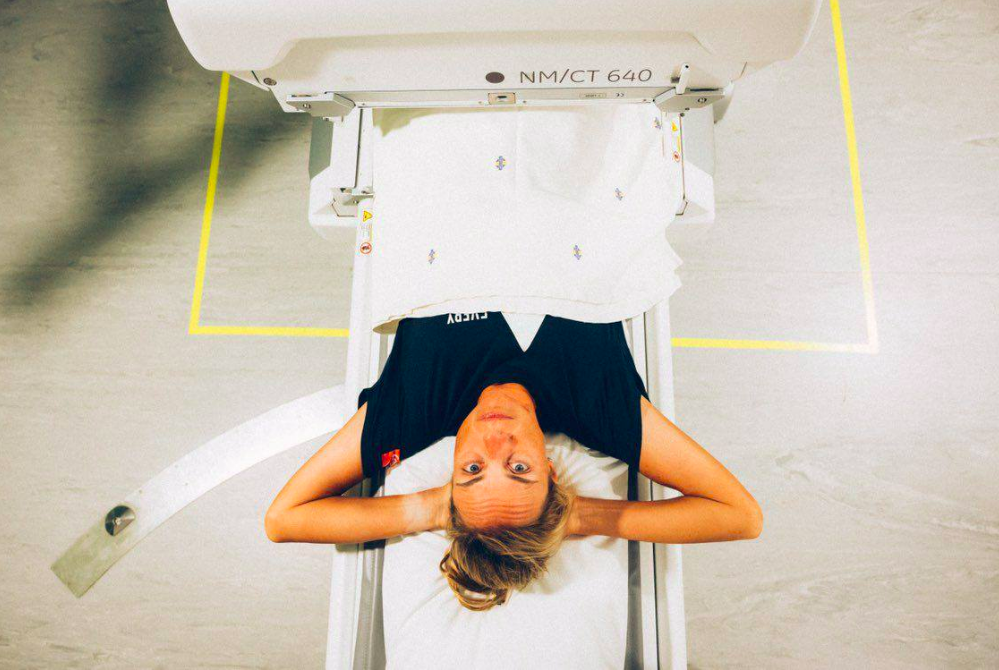

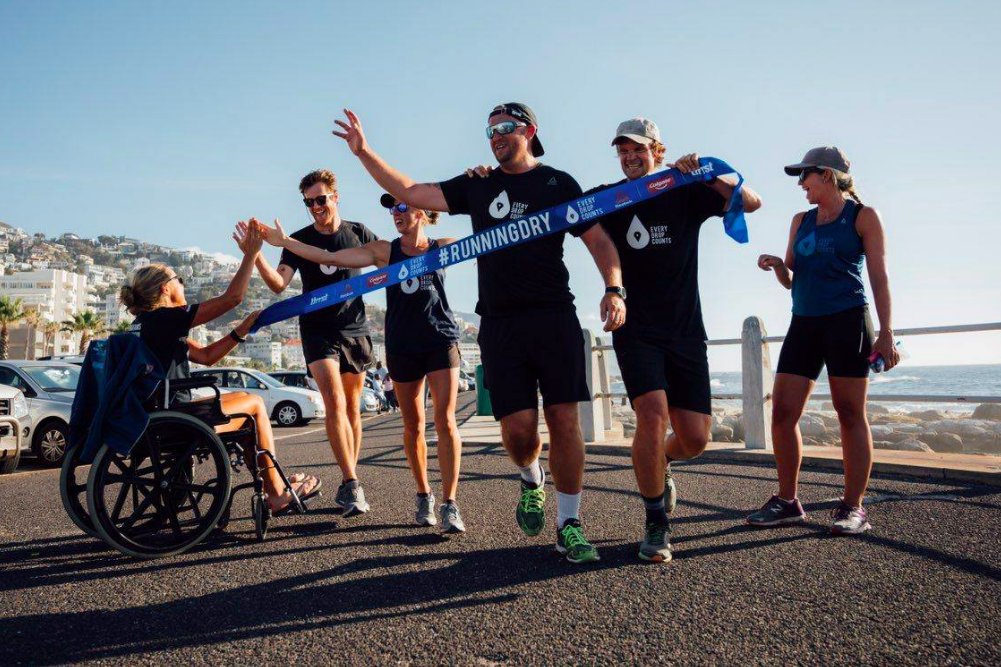

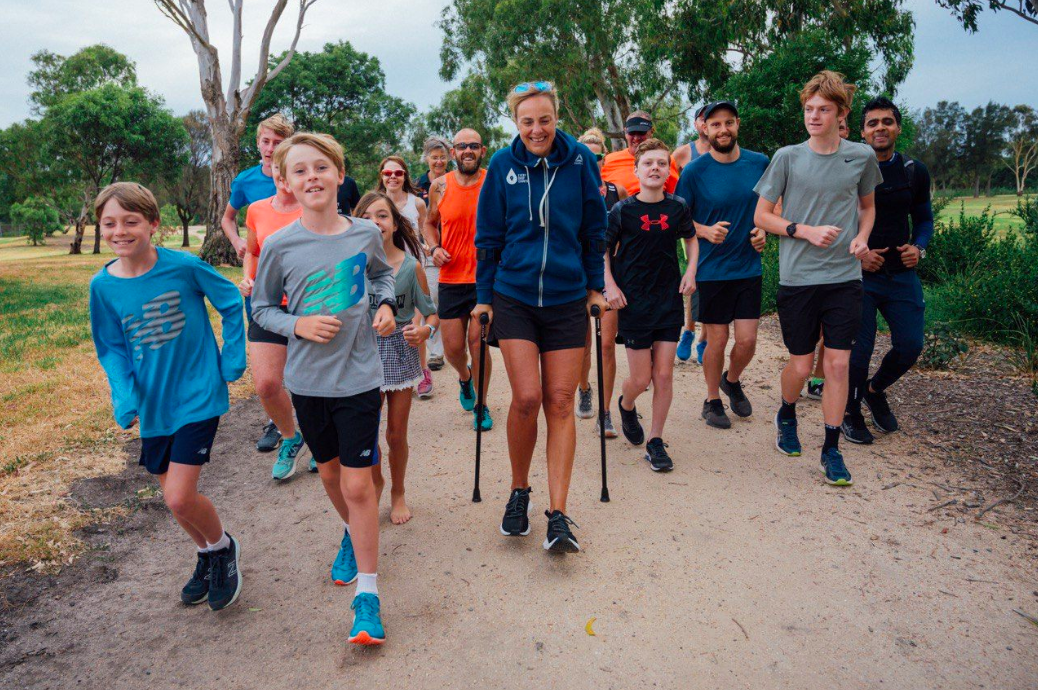
Photos: Kelvin Trautman
Campaign to movement
A few of Mina’s supporters had commented on her injury video, saying they wished they could run a marathon for her. We took this community led idea as our strategic cue, and realised this was how we would turn crisis into opportunity.
This was the point in the hero’s journey where the mentor would be needed to guide the hero through the transition. Lewis Pugh has played this role for both Treeshake and Mina and we asked him for his advice and support to help us all through this transition in the campaign and the story. He met Mina at the hospital and advised her that it was time to let others pick up the baton.
Starting off with a team run, we introduced the idea of Mina’s supporters completing her daily marathon for her. There was a lot of discussion about the dynamics of how we’d track success, and it was decided ultimately that we wouldn’t ask people to run full marathons but rather tally up ALL contributions - whether 1km or 100kms in a day.
The first follower was Bruno Sanchez from Madrid, who ran a full marathon for Mina as soon as the request was put out. That same day, we mobilized supporters in Cape Town, where Mina was that day, to contribute kilometres to the cause. The images and story were picked up by the Associated Press worldwide, and from there the #RunningDry movement began
A real community
Our team worked hard to make sure every single person who contributed distance to #RunningDry felt validated, and noticed. We replied to every comment, reached out on DM to thank people, and shone a spotlight on the community who was not only doing Mina’s distance for her, but also sharing water facts and helpful tips along the way.
To incentivise and acknowledge the community we also provided a daily tally of miles, posted on Twitter, which listed every person who contributed and ranked their distance. This proved to be a key motivator for people who contributed, as they knew that every extra mile they put in was being counted and made a difference in showing the scale of our movement.
Even though we’d only set out to log one marathon a day, hundreds of people were contributing runs that far exceeded this target. It was then that the next dream was born: Mina had set out to run 100 marathons in 100 days for water, what if the #RunningDry community ran 100 marathons in 1 day to show the power of collective action?
100 marathons in 1 day
We started working on the idea - reaching out by Direct Message to anyone who had contributed miles and asking for their support in the challenge, creating a special page on Mina’s website explaining exactly what to do, adding a pop-up so that anyone who visited the site would know about the marathon attempt. We set up a folder of easily shareable infographics on Facebook and punting the water saving messages we wanted to promote, and to let people know that we could only achieve this if we all worked together. On Sunday 27th January 2019, we attempted 100 marathons in 1 day, and we were blown away.
Mina’s vision for the 100 marathons in 100 days #RunningDry campaign was simple: to make saving water famous. Just over 2 weeks after announcing her injury on social media, the vision became a reality with #RunningDry becoming a worldwide movement.
As of midnight on the 27th of January, 251 marathons had been logged: an incredible distance of 10,629.3km. People donated kilometres from 44 different countries and territories - from Antarctica to Sweden, Mexico to Japan, Australia to Serbia and everywhere in between. Supporters logged distances from 1km to over 50km, in temperatures from -15°C to over 40°C, in deserts, snow and in forests. People ran by rivers and others by oceans and waterways. Some ran in cities and on tracks. Some ran in groups and others on their own. But every single one of them donated their miles on Sunday to support #RunningDry and help drive global water awareness.
Results
The reach of this campaign has been phenomenal. Press releases were picked up by the Associated Press multiple times and pushed to print, TV and radio around the world. The total online audience, according to Critical Mention, is 1,590,084,059 and growing daily. The estimated media value is currently sitting at over $100 million.
The rapid growth of the community online has been equally gratifying. Mina’s social media pages gained 232,506 new followers and fans throughout the campaign - with 24,830 new followers in just one week building up to the #RunningDry “100 marathons in one day” activation we did in late January.
There was an outpouring of positive comments and water facts shared, with users around the world taking to social media to share why they were running for water.
Finally, in April 2019 the United Nations selected the campaign as a top 3 finalist in their annual SDG Action Awards.
This documentary produced by ABC about Mina and the campaign tells the whole story and is well worth watching:
#BI4Gov: How a small, but deeply engaged community can have HUGE impact
How a new Twitter account with no followers and no paid media budget got a niche topic trending and reached over 2 million people in less than two weeks.
This case study is about how a new Twitter account with no followers and no paid media budget got a niche topic trending and reached over 2 million people in less than two weeks.
In late 2018, Treeshake helped launch #BI4Gov, a conference focused on how to use behavioural insights to successfully shape and implement policy, in a socially beneficial way. Through a partnership between the Western Cape Government (WCG) and the Organisation for Economic Co-operation and Development (OECD), experts from throughout the world came together to discuss the ins and outs of using BI in Government.
Starting with a brand new account with no followers on Twitter, and just two weeks to launch we knew that we’d be reliant on the voices of others with larger followings.
The first step was to set up the account to look as credible as it was - partner logos, clean design, and 3 high quality posts were set up. We then sent the page around to the team of collaborators and asked them to engage with the posts and follow so we’d have a bit of traction.
The next step was to tap into BI communities on Twitter, and identify thought leaders. We directly engaged around 60 followers ahead of the conference and directly asked them to follow us and help us get the #BI4Gov discussion going. We did this by email and direct message rather than publicly.
We found the BI enthusiasts supportive, warm, and welcoming to a new entrant to the space - this is partly thanks to declaring our agenda upfront, having the backing of the OECD, and introducing ourselves directly to the main thought leaders. This got the conversation rolling, and even with a relatively small following, everything we posted got a response.
The official Twitter account quickly gained around 150 followers. Without any paid advertising budget, we relied solely on consistent, authentic engagement with each member of the community. These followers were all highly skilled BI experts, each of whom had very strong links to the overall online BI community. This allowed for a higher degree of sophistication in the commentary and posts we put out, along with a much higher than average engagement rate.
On the day of the conference, the hashtag was visibly promoted at the conference, attended by around 300 people - many of whom had been contacted by the social media team ahead of time to let them know the importance of sharing their views. The result was that virtually everyone who attended participated in the online discussion, sharing substantive content that attracted public interest and media attention.
But it wasn’t all serious, either. As participants got to know each other, playful Twitter banter emerged in the form of ‘the sock saga’, with various speakers and organisers of the event comparing their funky sock choices. With the perfect mix of serious, insightful and fun, the #BI4Gov community blew us away with their deep engagement and commitment to the conversation.
Most importantly, the conference and public support for the issue has led to the establishment of South Africa’s first Behavioural Insights Unit in Government - #BI4Gov is here to stay.
The main take away from this? A small group of deeply engaged people can make a huge impact. Inspired by Cultural Anthropologist Margaret Mead, this is something we call The Mead Principle:
Calling for a More Open Africa on Africa Day
Africa is a continent of young, dynamic people. But, the youth can only help lead an economic revival if their ability to trade and travel is not hindered by geopolitical bureaucracy. Can you reimagine the African continent as open and border-free?
To mark #AfricaDay on Thursday 25 May 2017, Elsie Kanza, head of Africa at the World Economic Forum, is calling on Africans to reimagine the continent open and border-free, and to encourage their country’s policymakers to help make this a reality.
“Africa has a population of some 1.2 billion people, 70% of under the age of 30. We’re a continent populated by young, dynamic people, but our youth can only help lead an economic revival if their ability to trade and travel is not hindered by geopolitical bureaucracy,” says Kanza. “Africa has helped build other countries and continents, now we need to open up to each other.”
Kanza’s call for an open and border-free Africa is backed by Africa’s Global Shapers — a network of around 1000 young change makers across the continent. The African Global Shapers represent some of the brightest, most talented people on the continent who are working to influence the Africa’s future for the better for all who live, work and trade there.
WEF figures show that the continent achieved GDP growth of some 5.4% between 2000 and 2010. But growth has slowed during the past half decade to some 3.3%. Visa-liberalisation has realised strong GDP boost in trust and trade in countries harmonising regulation with their neighbours. For Africa it could similarly be a jumpstart to the continent’s growth.
Although research shows that trade between neighboring countries and regions is a boon for economic growth and development, trade between countries in Africa is low. Inter-Africa trade in goods accounts for only 17.7 percent of the continent’s total trade.
The Africa Integration Index offers a compelling case for integration. Countries that enjoy trade and travel with neighbours realise flows of capital and information across borders, enjoying financial and cultural benefits.
“There’s a massive opportunity to increase the trade of goods and services, and what young people keep telling the change makers who run our hubs across Africa is that trade and travel on the continent is expensive and difficult,” Kanza says.
“It is simpler for a startup founder from Kenya to hop on an airplane and get funding in London, than in Johannesburg. It is easier for an emerging fashion designer in Nigeria to look for opportunities in New York than it is in Accra,” says Kanza, who adds: “This doesn’t make sense in a world where the internet is obliterating boundaries and borders anyway.”
The WEF Africa Competitiveness Report 2017 states: “Africa is full of brilliant, educated young people. Troublingly full. The number of working-age people in the continent is expected to grow to 450 million over the next couple of decades. But Africa's engines of job creation aren't keeping up. If enough new positions aren't created by 2035, Africa may be sailing towards a crisis of youth unemployment.”
The WEF report warns that African leaders have a choice. “Either put into effect structural reforms that improve people's livelihoods, or allow current, not-quite-adequate constitutional policies to unravel towards inequality and civil unrest.”
Kanza -- and her change-making cohort who are #ShapingAfrica -- believe that opening trade and travel is one way to stave off this threat. “To quote Parag Khanna from his latest book, Connectography: Mapping the Future of Global Civilization: ‘Borders are not the antidote to risk and uncertainty; more connections are’,” says Kanza. “The challenge is to connect talent, capital, entrepreneurs and trade — not separate them.” Sharing cultural experiences may be one of the most fundamentally important keys to peace and trust.
Research shows that the movement of people through regions liberalises trade, encourages the flow of capital, increases trust between neighbors, stimulates investment within regions, and lays in new infrastructure. Critically, it also eases transfer of knowledge, reduces cost of research and development of intellectual property.
In the Africa Integration Index, Dr Adrian Saville of the Gordon Institute of Business Science writes about how Africa was historically primed for the extraction of commodities to benefit economies outside the continent, and not to engage in trade that would strengthen and develop Africa.
“This has restricted bilateral trade between African countries and the development of a lucrative consumer market, while rendering the development of value chains or productive economies of scale near impossible,” writes Saville, who adds: “Ultimately, this has undermined the overall competitiveness of the African economies.” Opening up economies, writes Saville, would bring “sustained structural benefit” and economic growth.
“Why is it easier for Americans to travel across Africa, than for Africans to travel across their own continent?” asked Kanza, referencing the Africa Visa Openness Report. “Knowing our over-reliance on commodities and China, and Africa’s slow growth rate, we need to take that next step and liberate potential. We need to make it much easier for young Africans to trade with each other, and to travel across the continent. The benefits are compelling, and this is literally opening the door to future growth.
To join the conversation, follow @AfricaWeShape #OpenAfrica #VisaFreeAfrica
Support the call for #internet4all
Ahead of the World Economic Forum on Africa that takes place in Kigali, Rwanda, from May 11 to 13, 2016 Elsie Kanza announces that over 1,000 Global Shapers in 94 cities across Africa will launch the #internet4all in Africa campaign to advocate for internet access as a basic right.
The World Economic Forum calls for #Internet4all
“What would an ecosystem capable of supporting a smarter Africa look like?” Elsie Kanza, Head of Africa and Member of the Executive Committee for the World Economic Forum asks this Thursday 07 April 2016 in a piece headlined "Only 20% of Africans use the internet – we must fix this digital poverty now".
In the article, Kanza details a series of ground-breaking tech innovations from Africa that proves that Africa’s greatest resource is its people. “Technology has already helped to bring about vast improvements in the way the region governs, feeds, lives, educates, trades and interacts with itself,” says Kanza, the former personal assistant and economic advisor to Jakaya Kikwete, the fourth President of Tanzania.
Ahead of the World Economic Forum on Africa that takes place in Kigali, Rwanda, from May 11 to 13, Kanza announces that over 1,000 Global Shapers in 94 cities across Africa will launch the #internet4all in Africa campaign to advocate for internet access as a basic right.
“We believe that, in the 21st century, this essential infrastructure should be available to everybody,” Kanza says, adding: “All Africans want is the chance to create for themselves the future that they deserve.”
South African Educational Technology Leaders Join the Call
In Cape Town, teacher-cum-internet access champion and entrepreneur Luvuyo Rani is fully behind the idea of #internet4all. Through his business - which takes internet access, computing and technology into emerging and rural communities - Rani has repeatedly seen how access changes people’s future and life.
“What we see in our stores is that people come in with their smartphones but don’t know how to use them, because they are used to only working on feature phones. We help them create Facebook accounts and an email account, and to register for WhatsApp. This literally changes their lives. Being connected means they can interact with friends and relatives regardless of where these people are. They can connect their businesses and they can look for schools or education opportunities. They can even access their banking. Just like water or air or food or the need for safety, a home or family, the internet is a need that should be placed within Maslow’s Hierarchy of needs.”
Meanwhile in Johannesburg, Andrew Barrett, Education activist and co-founder of the academic support non-profit, Olico, also supports the call for #internet4all
“A lack of access to the internet creates additional barriers to educational growth and to potential development, there is no question about that,” says Barrett, who advocates that internet access in Africa should be a basic right. “The internet is an important enabler for all kinds of factors including education and academic development, but also for growing one’s awareness of your position as a global citizen.”
Olico’s materials and online learning system could revolutionise South Africa’s dysfunctional education system, and improve the lives of many learners, but only if those learners have internet in order to access the open source content.
“Access to freely and readily available information is important to your place in the world, as well as to deciding what you want to do in the future. As more and more high quality open source material becomes available, access to the internet will be the great leveller in many ways,” he explains.
Andrew Rudge, CEO of The Reach Trust, agrees. “#Internet4All is one of the most important policy decisions we can take, because it is about giving individuals the power to make life-altering choices without a dependency on a traditional system. It is about a very real, life-altering freedom.”
This is not just talk, The Reach Trust, has helped more than 10 million people transform their lives through access to free education, health and counselling services on their mobile phones. Their recently launched LevelUp application even incentivises learners with vouchers that they can use to purchase groceries at South African retailer Shoprite.
We are only at the beginning of the #internet4all movement. The first 30% of Africans have gotten connected to the internet, and already miracles are happening. When we are all connected, there will be unimaginable opportunity for us all.
Please support this campaign by adding your voice - take to Twitter, Facebook, Instagram, YouTube or any other social media of your choice to explain why the #internet4all is a conversation we need to be having with our leaders.









